While I was cycling in Carrigrohane I thought this was a leaf on the ground until I saw it moving! What could it be? Ailbhe Gleeson (6 ½), Cork
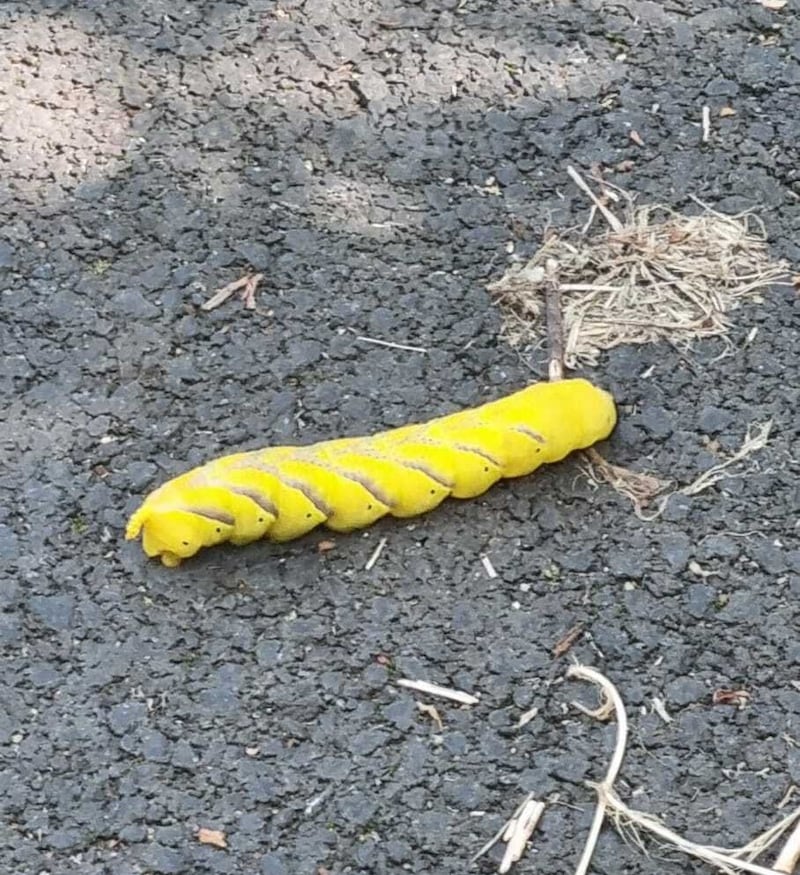
It is the caterpillar of the Death’s Head hawkmoth, which is huge and can grow up to 125mm long. It feeds on potato leaves and night shade plants too. It won’t survive the winter here because of the cold. Adult moths are summer visitors here from southern Europe.
This jellyfish was washed up on Clogherhead beach. A fish can be seen inside it. Is this unusual? Eithne Hamill, Co Louth
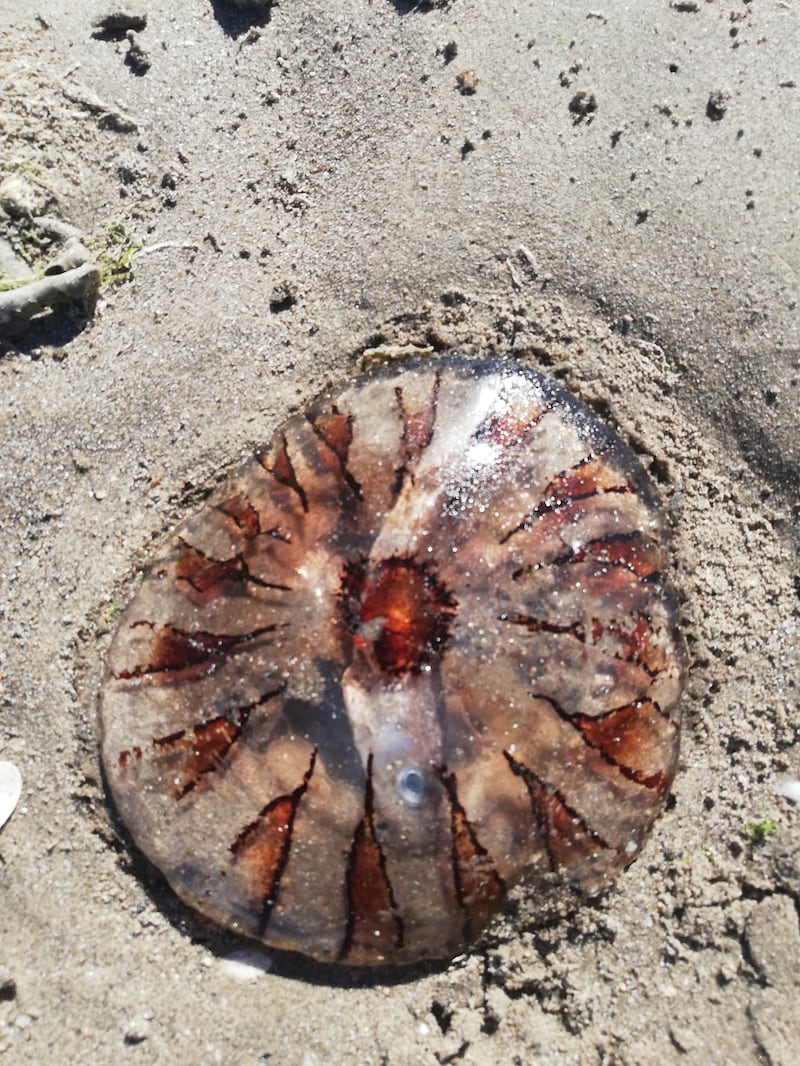
It is indeed, as normally jellyfish rapidly digest their prey so that their swimming ability is not affected. Sometimes little fish hide among their tentacles for protection from predators, but this one got stung and so became a meal for the Lion’s Mane. But it did not live long enough to digest it.
READ MORE
This priapic toadstool was growing in our garden. It was about 20cm high and several flies were feeding on its head. What on earth is it? Dave Atherton
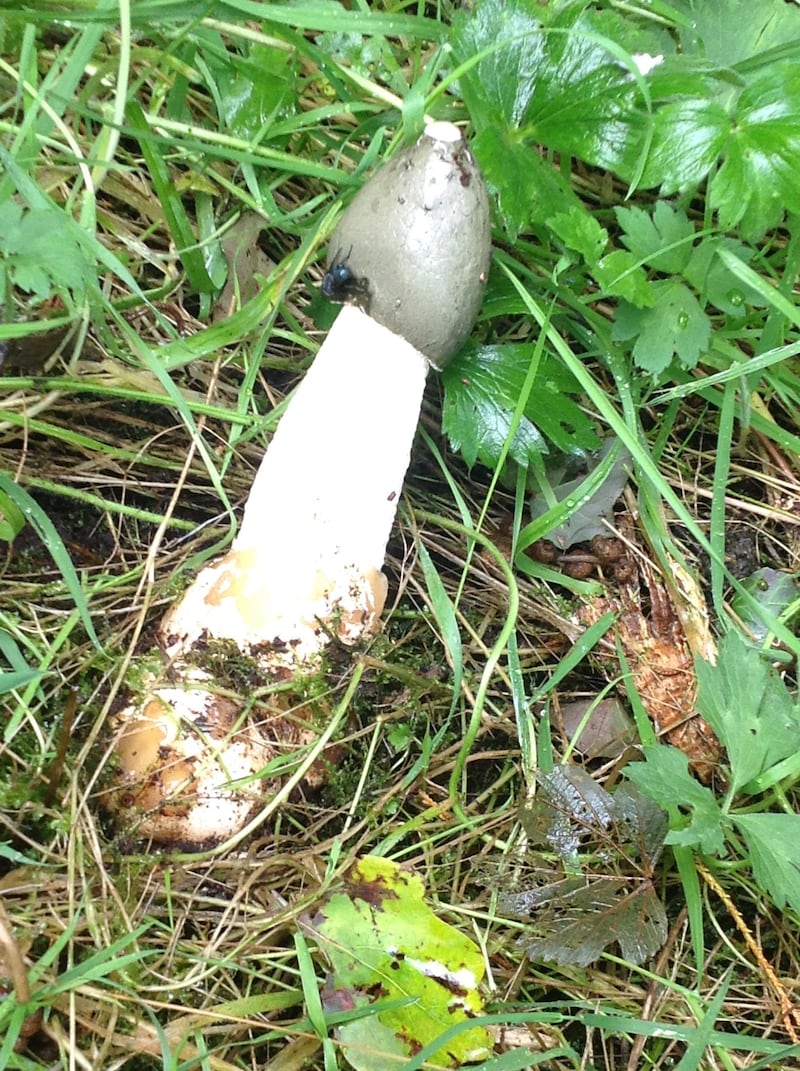
It is the aptly named stinkhorn (Phallus impudicus). The revoltingly smelling sticky green slime on the cap, which contains the spores, attracts flies and indeed slugs too. Having eaten some of the gluten-rich slime, these then carry away the spores, thus dispersing them widely.
While walking on Seapoint beach at Termonfeckin recently, my wife spotted what looked like a dogfish or a small juvenile shark in a large beach pool. It was big enough for it to survive until the tide came in again. Eoin O’Flynn, Co Louth
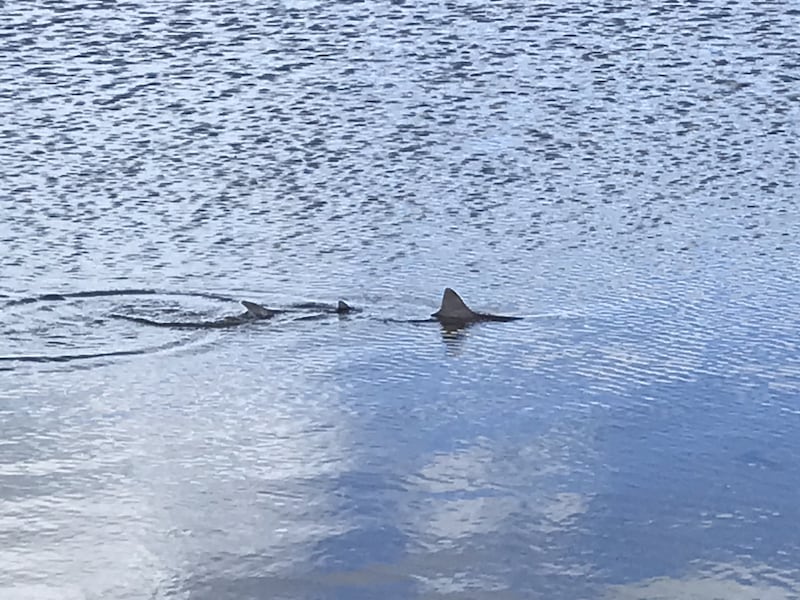
Yes, it was a dogfish. This group have two triangular dorsal fins, the front one larger than the back one, and a backward-pointing triangular upper lobe to the tail.
My wife showed me this spider in our garden, which I believe to be a female Cross Orbweaver. What is the cobra-like object on its abdomen? Simon Curthoys, Dublin
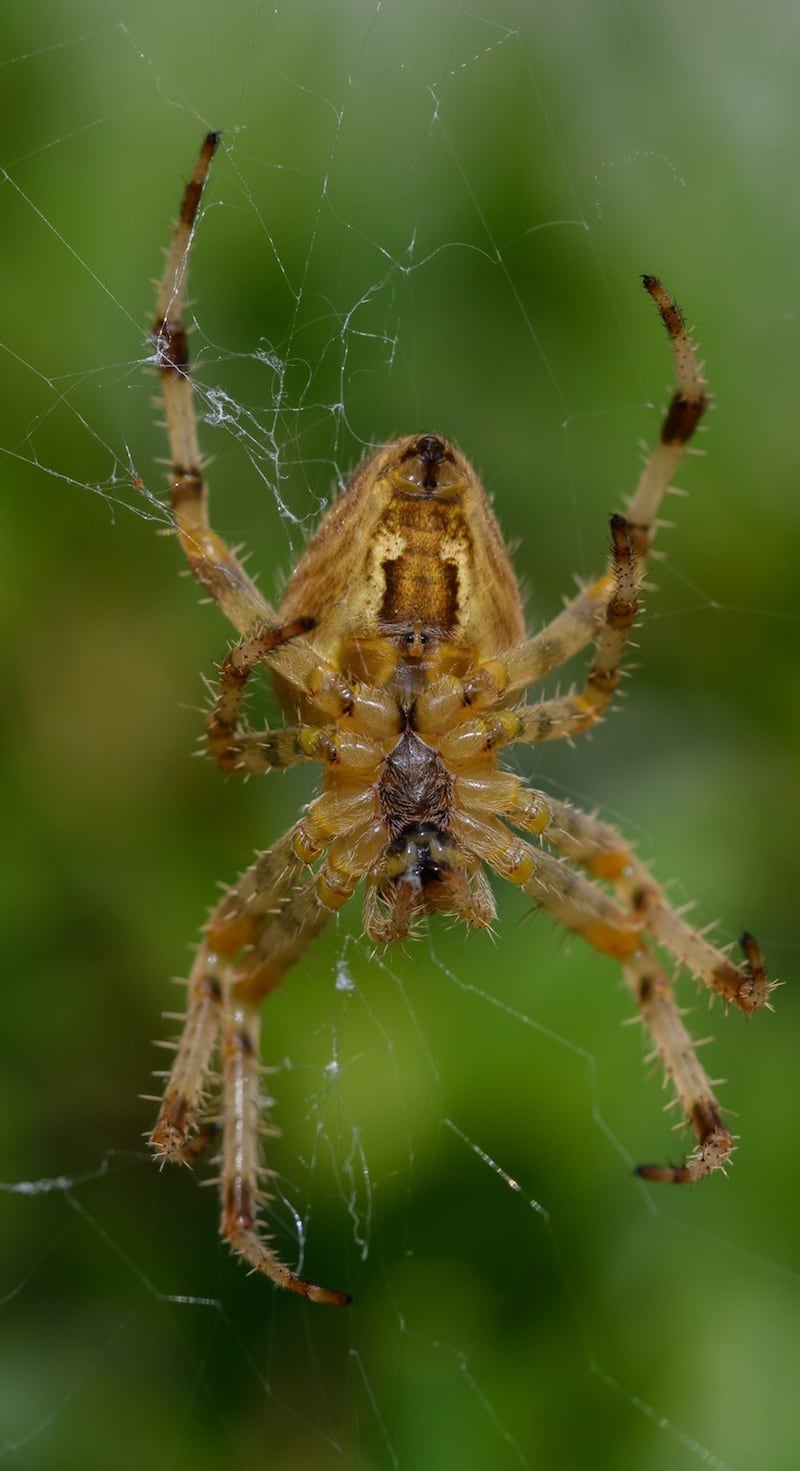
Has the poor creature no privacy? This is the female’s epigyne, its external genital structure. Males visit webs to mate and indeed can be eaten by herself afterwards.
Have you a nature query, observation, or photo you would like to share with The Irish Times? Submit it, with a location, via our website.











